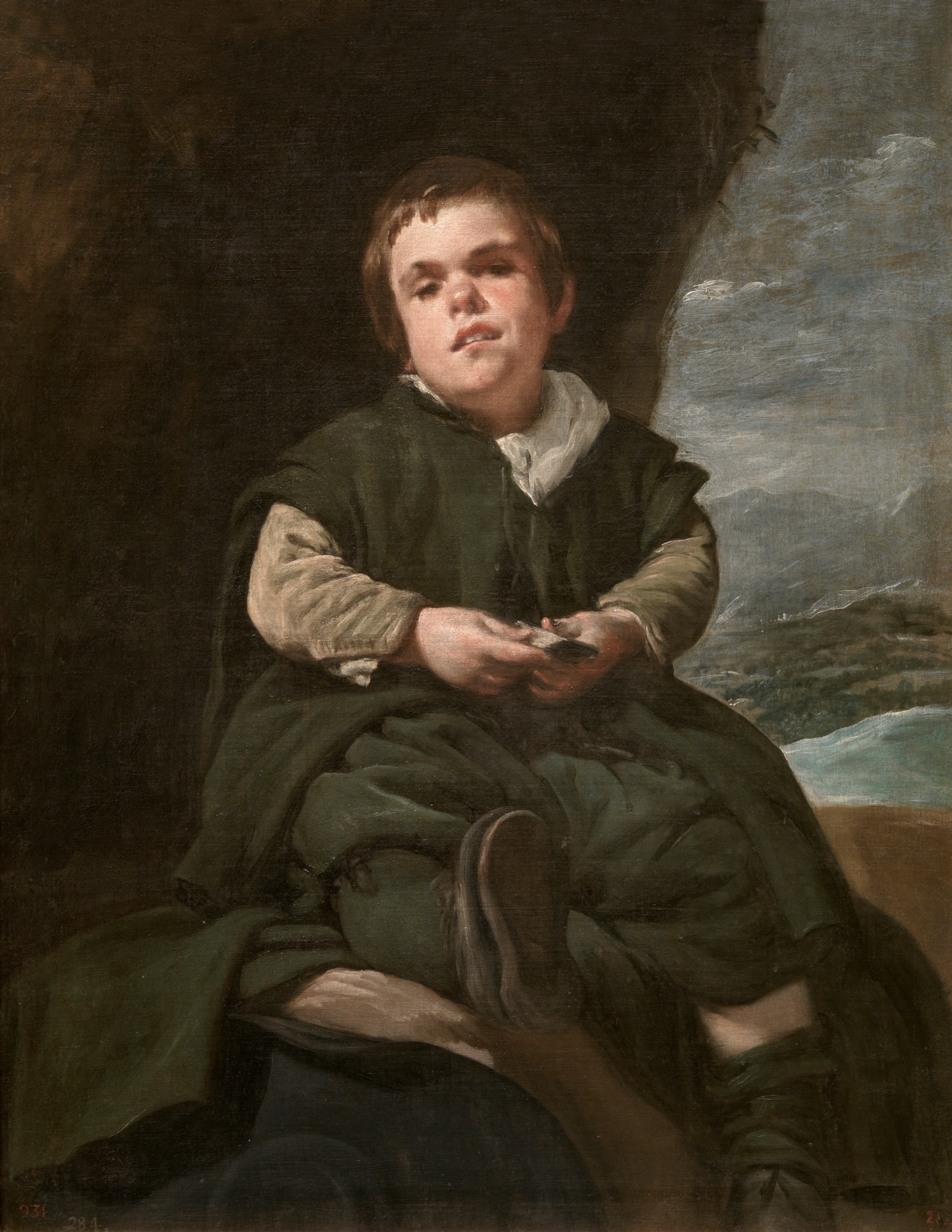The National Museum of Western Art / The Hyogo Prefectural Museum of Art.
Tokio / Kobe
2/24/2018 - 5/27/2018
Comprising 61 thematically organised paintings, the exhibition aims to offer Japanese visitors an exceptional opportunity to appreciate the art of Velázquez and to understand it in relation to the art of his Spanish and European contemporaries, in addition to coming closer to the Spanish court and Spanish society of the Golden Age through some of the finest works created in this context, including paintings by Velázquez himself and others by Titian, Rubens, Luca Giordano, Jan Brueghel, Anthonis Mor, Zurbarán, Ribera, El Greco, Murillo and Maíno.
Titian, Venus and Music, ca. 1550. Oil on canvas, 138 x 222.4 cm. Madrid, Museo Nacional del Prado. |
While Velázquez is generally located within the context of Spanish painting, his art can be related to a broader context. The Spanish monarchy was global in nature as in addition to the Iberian Peninsula, it also governed in Flanders, in important overseas territories in Italy, Central and South America and in some parts of Asia, such as the Philippines. This cosmopolitan nature is reflected in the royal collections, which were particularly rich in Flemish and Italian artists. At the court of Philip IV painting was clearly an international language that scarcely recognised local boundaries.
It is within this international context that Velázquez’s art can best be appreciated, particularly from 1623 onwards. The works that most influenced him were by the artists so outstandingly represented in the Spanish royal collections, such as Titian, Tintoretto and Rubens, and one of his principal formative experiences was his trip to Rome in 1629 where he encountered classical and Renaissance art at first hand as well as that of his Italian contemporaries.

Mars or Resting Mars (Descanso de Marte, literally The Rest of Mars) 1640 painting by Diego VelázquezThe thematic ordering chosen for the display of these works allows for a complete understanding of Velázquez’s originality as a narrator. In addition it means that each section includes works by artists of different origins, breaking down boundaries between national schools.

Velázquez - Francisco Lezcano, el Niño de Vallecas
The sections in Velázquez and the Celebration of Painting: the Golden Age in the Museo del Prado reflect different realms of experience. The first three, Art, Knowledge and Mythology, introduce visitors to issues relating to the status of the artist and the work of art, the concept of science and philosophy, and Philip IV’s preference for the nude and for colour in painting.
The fourth section, The Court, introduces the King, various individuals close to him and a number of works that he commissioned to decorate the royal residences. One of these portraits,

Baltasar Carlos on Horseback by Velázquez, includes a splendid landscape that provides a connecting link with the next two sections in the exhibition, Landscape and Still Life. These focus on the new interest in nature and its representation which arose in the Baroque period. The final section, Religion, includes various masterpieces in which Spanish, Italian and Flemish masters demonstrate the new ways of expressing religious emotions that emerged in the Golden Age.
Curated by Javier Portús, the exhibition also aims to pay tribute to the many Japanese art historians who have studied Spanish Golden Age painting and to transform the Museo del Prado into a privileged intermediary in relations between Japan and Spain.